Disclosure: Meeple Mountain received a free copy of this product in exchange for an honest, unbiased review. This review is not intended to be an endorsement.
Beware! There are hungry monsters living under your bed, and they have an unquenchable appetite for your fear. Classic wisdom says that the only way to get rid of them is to overcome your fears and deny them that sustenance which they crave so badly. But, it turns out there’s another, faster way.
Modern day Monster Science has revealed a chink in the monster armor. Each monster, whether by evolution or intelligent design, is born with a fear of their own. It turns out each of these creatures is afraid of a very specific type of toy and will flee at the very sight of it.
So, keep your nightstand well stocked because there may come a day (night, actually) where you’ll find yourself assailed on all sides by creepy crawlies and the only weapons you’ll have are your brains, your speed, and the toys that you have at hand. If you’re quick enough and smart enough, you just might emerge victorious and send those monsters fleeing to the closet where they belong.
Let the Monster Chase begin.
How It’s Played
Monster Chase, designed by Antoine Bauza (7 Wonders, Tokaido), is a memory game of monster chasing mayhem for 1 to 6 players aged four and up. The game is played out in two theaters. The first is the child sleeping in the bed. The sleeping child is represented by a deck of cards, illustrated with a sleeping child on one side and one of the game’s monsters on the other. Each cheekily illustrated monster features an icon in its upper right corner that matches one of the toys, which we’ll discuss shortly.
The game begins with one monster, from the deck, flipped face up next to the sleeping child. Since there are four edges to a card, three of the card’s remaining edges will begin the game with nothing next to them. However, as the game plays on, new monsters may appear with each occupying its own, separate edge. If the bed is ever surrounded, the players lose the game. This is obviously NOT how you want your game to end (unless you’re secretly rooting for the monsters, you monster!). So, to avoid this fate, you’ll want to do well with the second theater, the Toy tiles.

There are 10 different types of Toy tiles. During setup, these are placed face down and shuffled. Next to this are three Progression cards which, when arranged correctly, will form a monster (a head, a torso, and some legs) of a specific color. On a player’s turn, they will flip one of the Toy tiles face up, without changing its position. If the revealed Toy matches the icon on one or more of the face up Monster cards, the monster(s) is/are chased away into the closet (a.k.a. the game box). According to the rulebook, this should be accompanied by an emboldened: “Get back in the closet, monster!”
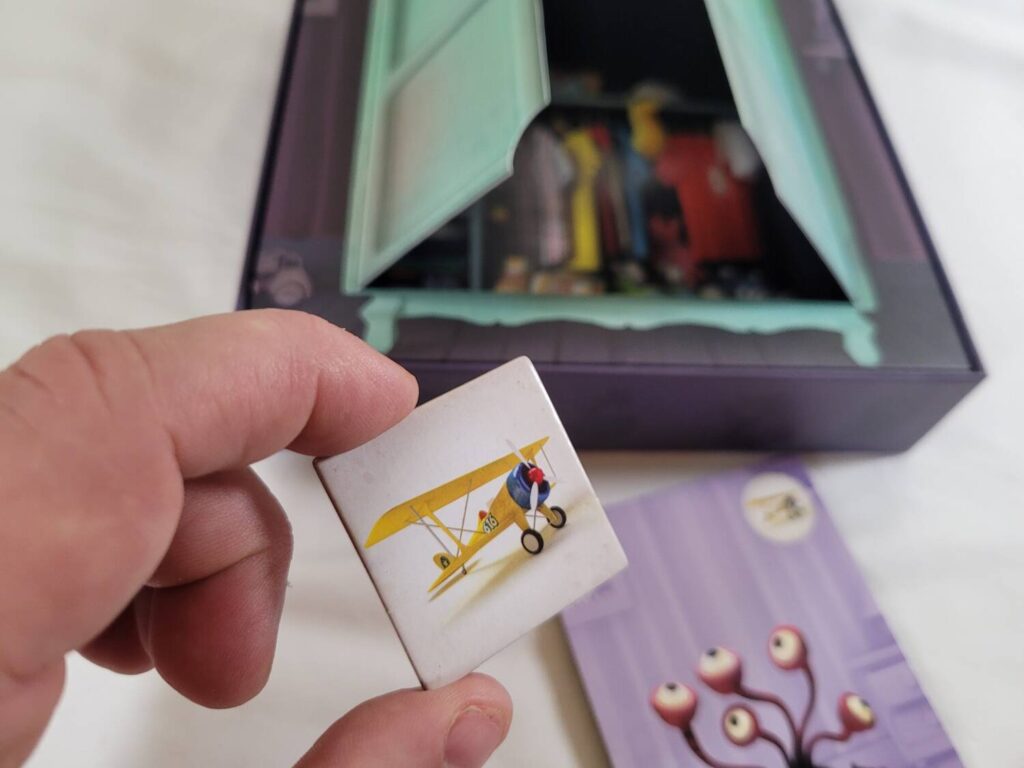
If the Toy tile does not match, it is flipped face down and one of the Progression cards, that has not been flipped already, is turned to its opposite side. Once all the Progression cards have been flipped, revealing a completed monster of a different color, then a new card is drawn from the sleeping child deck and placed face up next to the bed.
The objective is to chase all the monsters back into the closet. This is obviously how you DO want your game to end.
This is the basic game. There are a few methods in place to up the difficulty if you find the game has gotten too easy.
Making Monsters More Monstrous
Included in the game are two additional Toy tiles: the Sock, which doesn’t do anything special other than have its position swapped with another face down tile, and the monster under the blanket. The monster under the blanket is a nasty Toy tile. When this tile is flipped face up, it flips over all the Progression cards needed to produce a new monster. Revealed at the wrong time, this tile can be a game killer. These are the first two wrinkles.
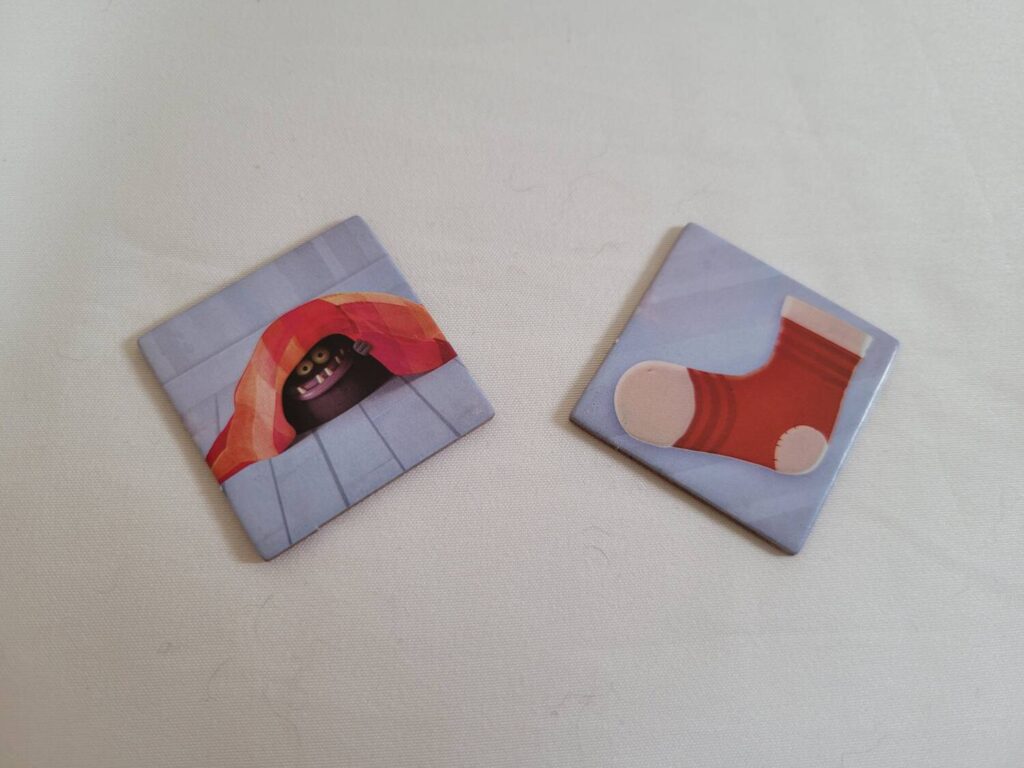
The other wrinkles come in the form of suggested variants. In the Pack Hunters variant, you have to chase away all the revealed monsters at the same time by flipping over Toy tiles, matching each of the revealed monsters, one after another. If you flip over a non-matching Toy tile, none of the monsters are chased away and one of the Progression cards gets flipped. In the Fearless Hunters variant, the game starts with all the Toy tiles flipped up. Players get a few seconds to look them over before turning them all face down. Then, the middle Progression card is removed (the torso). Now, you only get two mess ups before a new monster is revealed.
Thoughts
When I first presented this game to my six-year-old, he was excited to try it out. So, I set up the basic game, and we started playing. A few minutes later, he looked up at me, confusion on his face, and stated matter-of-factly: “That was way too easy, daddy.” When he said that, I had two realizations.
Realization number 1: He was right. It was way too easy. Once you’ve located the different Toy tiles, it’s no trouble at all to assassinate a monster mere moments after it’s appeared.
Realization number 2: My son isn’t a little baby anymore. He’s growing up. He’s smarter. He’s more capable. And, apparently, he has a really good memory.
Monster Chase, as much as I’d hoped it would, really presented no challenge at all. I’d taken it on hoping for hours of enjoyment, but what I’d gotten was a few short minutes. When it comes to kid’s games, my boy has aged out. Bad news for the daddy in me that wants him to remain my little boy forever. Good news for the daddy in me that’s desperate to finally play games with him with a little more meat on the bone.

Having seen how easily the game was trounced in the normal mode, I got to wondering what it would take to make the game more challenging for him. So, I thought “why not?” and went ahead and threw in all the roadblocks. Hello, sock. Hello, monster under the blanket. Greetings, Pack Hunters variant. Glad you could make it, Fearless Hunters variant. We were all in.
Even with all of those extra layers added, because of the tile reveal at the beginning of the Pack Hunters variant, these challenges were easily overcome. My son is just too smart for this game.
Then, I wondered how the game would play if we threw everything in, but didn’t reveal any tiles at the beginning. So, we gave it a try with my son, myself, and two other grown adults at my local game group.
We were annihilated.
It wasn’t for lack of skill. It was annihilation by sheer, dumb luck. When playing the game this way, since you start the game with one monster in play and it only takes two wrong moves to make a new monster appear, you only get a total of six chances before you’ve lost the game. And, truth be told, unless one of your first two Toy tile flips scares away that first monster, you’re pretty well screwed unless one of the following monsters happens to also be afraid of the same toy that one of the other revealed monsters is. This is all theory, mind you, because we never once managed to win when we played the game in this way.
I feel like there’s a lesson to be learned here about finding balance or something, but I’m not sure what it is. I just know that with only a tiny modification (not flipping any tiles during setup), Monster Chase went from being a walk in the park to being a sojourn through insanity.
So, knowing that there’s potential here to find a middle ground where the game is tough, but not too tough, the question becomes: is fine tuning Monster Chase worth the effort? For me, it’s a solid ‘No’. I’m an adult. I need a little more control over my destiny, a chance to plan and strategize. For my son, it’s a solid ‘Maybe’. He’s a kid. He’s easily amused. And, honestly, if he really wants to play Monster Chase, who am I to deny him?
I reckon that’d make me some kind of monster.


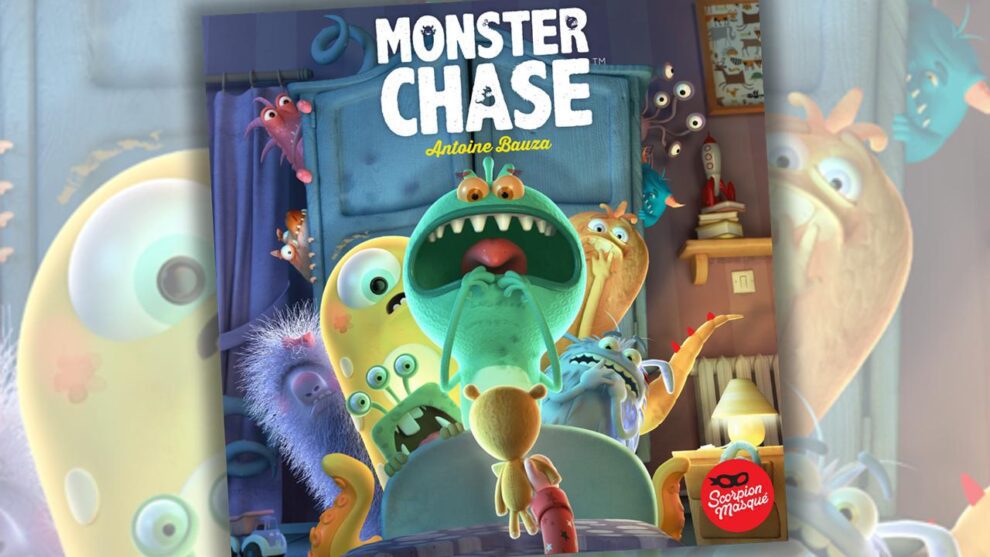

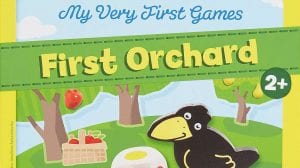

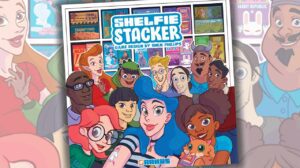





I love this review. You are an amazing person, Mr. McMillan.